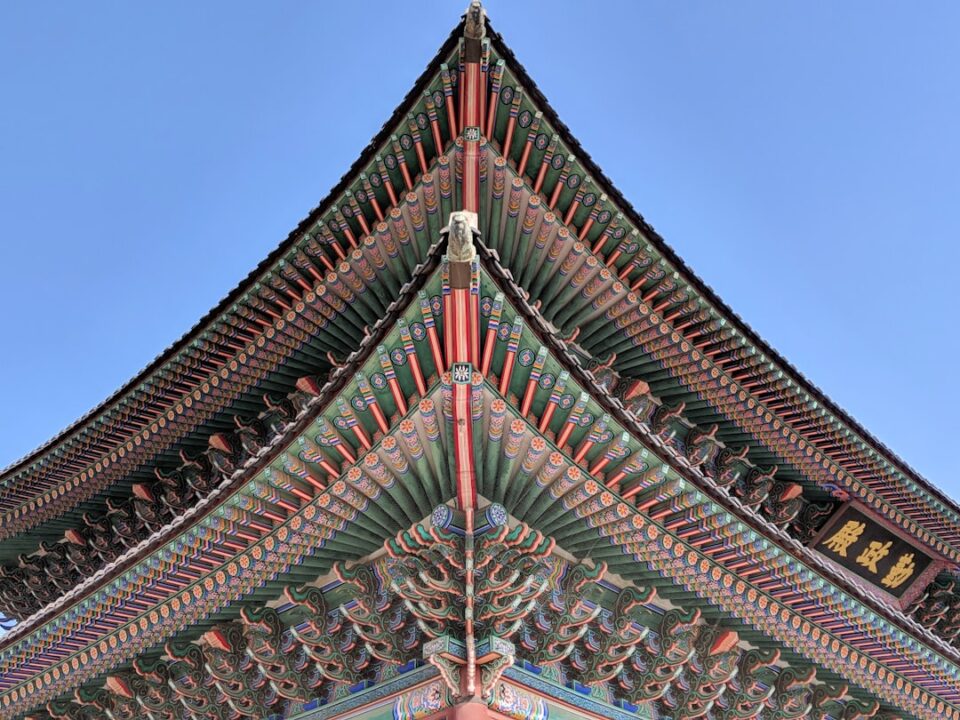The Rise of Digital Art in the Modern Age
Art has always been a fundamental part of human culture, serving as a means of creative expression and communication for centuries. From cave paintings to Renaissance masterpieces, art has evolved alongside society, reflecting the social, political, and technological advancements of each era. In today’s modern age, the art world is undergoing yet another transformation with the rise of digital art.
Digital art, also known as new media art, is a form of artistic expression that utilizes digital technology as a primary medium. It encompasses a wide range of forms, including digital painting, photography, graphic design, animation, and virtual reality. With the advent of digital tools and software, artists are able to create stunning and innovative works that were previously impossible with traditional mediums.
One of the key factors driving the rise of digital art is the widespread accessibility of technology. The proliferation of smartphones, tablets, and computers has democratized the art world, allowing aspiring artists to create and share their work with a global audience. Digital art platforms like Instagram, DeviantArt, and Behance have made it easier than ever for artists to showcase their creations and connect with other like-minded individuals.
Furthermore, digital art offers artists a level of flexibility and freedom that is unparalleled in traditional mediums. With digital tools, artists can easily experiment with different styles, colors, and techniques without the fear of making irreversible mistakes. This ability to iterate and refine their work in real-time has empowered artists to push the boundaries of creativity and innovation in ways never before imagined.
Another driving force behind the rise of digital art is the increasing demand for visual content in our digital-centric society. With the rise of social media, online marketing, and e-commerce, businesses and individuals alike are constantly seeking eye-catching visuals to capture the attention of their audience. Digital art provides a unique and vibrant solution to this demand, offering a visually striking alternative to traditional stock photography and graphic design.
Additionally, digital art has opened up new avenues for collaboration and interdisciplinary work within the art world. Artists are now able to collaborate with programmers, designers, and technologists to create immersive experiences that bridge the gap between art and technology. This intersection of art and science has given rise to groundbreaking projects such as interactive installations, augmented reality exhibits, and virtual reality experiences that challenge traditional notions of artistic expression.
Despite its rapid growth and popularity, digital art has faced its fair share of criticism and skepticism from traditional art critics and purists. Some argue that digital art lacks the tactile and emotional qualities of traditional mediums, while others question the authenticity and originality of digitally created works. However, as digital art continues to evolve and gain recognition in the mainstream art world, these criticisms are gradually being dispelled.
In conclusion, the rise of digital art in the modern age represents a paradigm shift in the art world, ushering in a new era of creativity, collaboration, and innovation. With its accessibility, flexibility, and boundless potential, digital art is redefining the way we perceive and experience art in the digital age. As technology continues to advance and evolve, the possibilities for digital art are limitless, offering artists and audiences alike a thrilling journey into the future of artistic expression.


